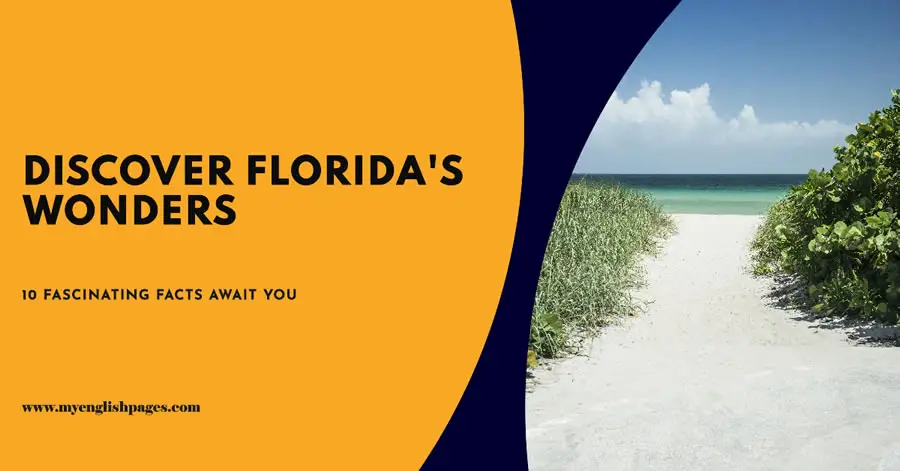Table of Contents
Introduction
Florida, often called the Sunshine State, is one of the most sought-after tourist destinations in the United States. With its stunning beaches, lively culture, and diverse wildlife, Florida has something for everyone. The state is also home to a rich multicultural community, where both English and Spanish are widely spoken.
As part of our series on English-speaking countries, this post highlights ten fascinating facts about Florida. Use these fun and engaging details to enrich your English lessons and spark your students’ curiosity about this unique state.
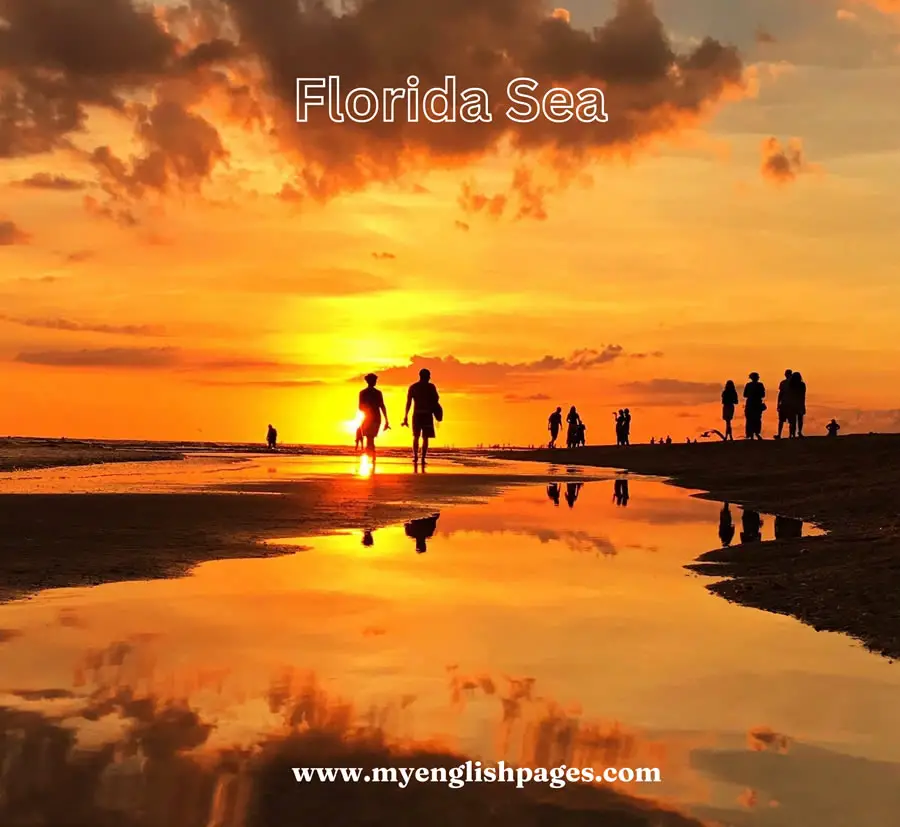
Florida State Interesting Facts
Here are 10 Florida State Interesting Facts:
1. Florida is the Sunshine State
Florida is nicknamed the Sunshine State because of its warm, sunny weather throughout the year. However, it is also prone to hurricanes during the storm season.
However, the state also experiences a distinct hurricane season, typically from June to November, which brings heavy rains, strong winds, and occasional severe storms. Despite this, Florida’s climate remains one of its most appealing features for residents and visitors alike.
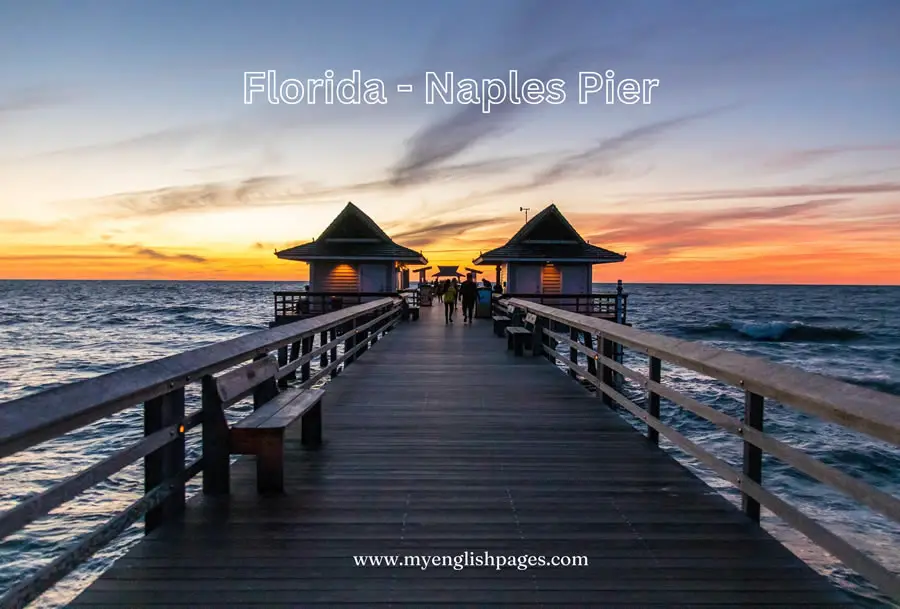
2. Home to the Oldest City in the U.S.
St. Augustine, founded in 1565 by Spanish explorers, is the oldest continuously inhabited European-established settlement in the United States.
Known for its well-preserved Spanish colonial architecture and historic landmarks like the Castillo de San Marcos, St. Augustine attracts visitors from around the world who are eager to experience its rich history and charming streets.
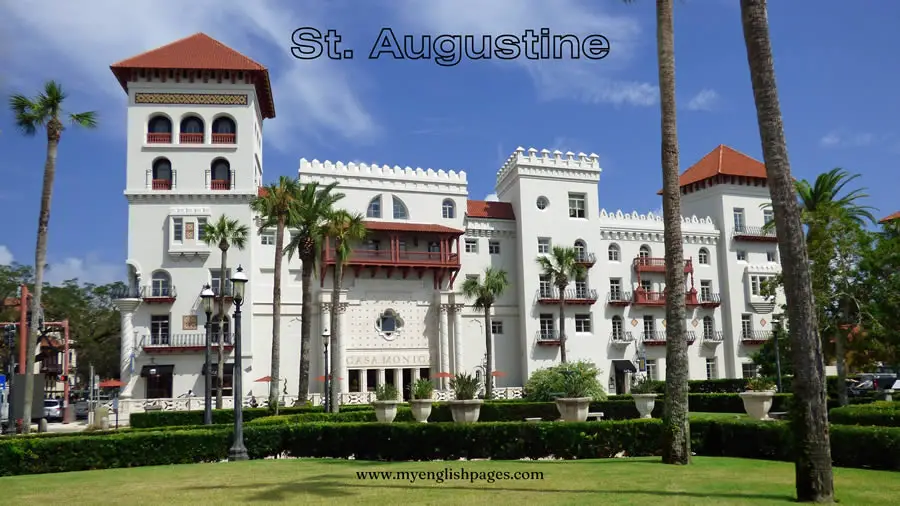
3. Theme Park Capital of the World
Orlando, Florida, is home to some of the world’s most famous theme parks, including Walt Disney World, Universal Studios, and SeaWorld.
Walt Disney World alone spans over 25,000 acres, making it the largest theme park resort in the world.
Millions of visitors flock to Orlando each year to experience thrilling rides, world-class entertainment, and magical attractions that cater to all ages.

4. Florida Has More Coastline Than Any Other State (Except Alaska)
With over 1,300 miles of coastline, Florida is a paradise for beach lovers and water sports enthusiasts. Its beaches range from the serene white sands of Clearwater Beach to the vibrant, activity-filled shores of Miami Beach.
The coastline also supports a diverse marine ecosystem, including coral reefs, sea turtles, and dolphins, making it a hub for eco-tourism and marine conservation efforts.

5. Alligators and Crocodiles Coexist in Florida
The Florida Everglades is the only place in the world where both alligators and crocodiles live together. This unique ecosystem provides the perfect habitat for these reptiles, with its mix of freshwater and brackish waters.
Visitors to the Everglades can take guided tours to observe these fascinating creatures in their natural environment, highlighting the region’s ecological importance and biodiversity.
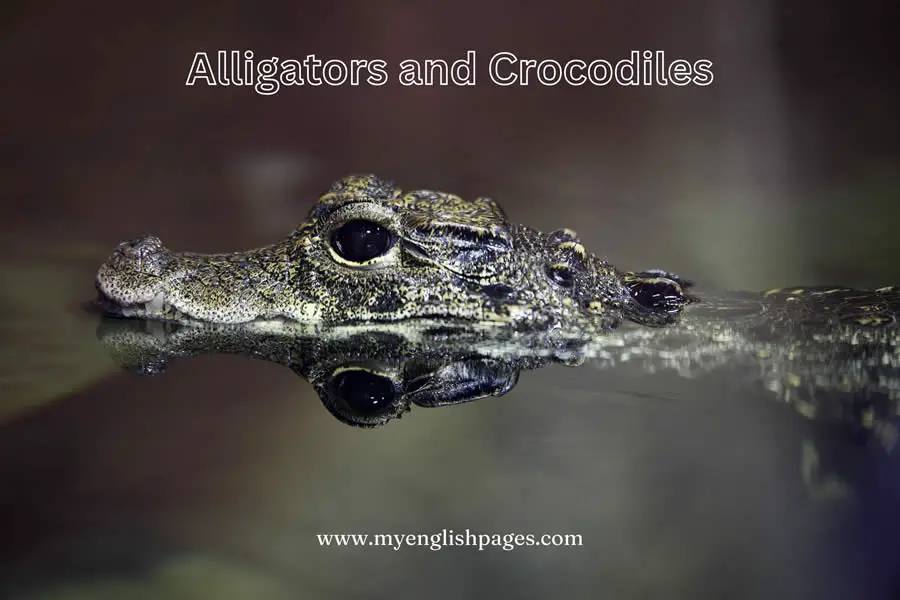
6. A Hub for Space Exploration
NASA launches many of its space missions from the Kennedy Space Center, located on Florida’s east coast.
Established in 1962, it has been the site of historic launches, including the Apollo moon missions and the Space Shuttle program.
Today, it remains a hub for space innovation, with ongoing missions and public exhibits that allow visitors to experience space exploration through interactive displays, rocket launches, and astronaut encounters.

7. Florida is the Flattest State
Florida is the flattest state in the United States, with its highest natural point being only 345 feet (0.11 km) above sea level.
This flat terrain contributes to the state’s extensive wetlands, lakes, and slow-moving rivers, including the famous Everglades.
The low elevation also makes Florida more vulnerable to flooding and rising sea levels, emphasizing the importance of environmental conservation efforts across the state.
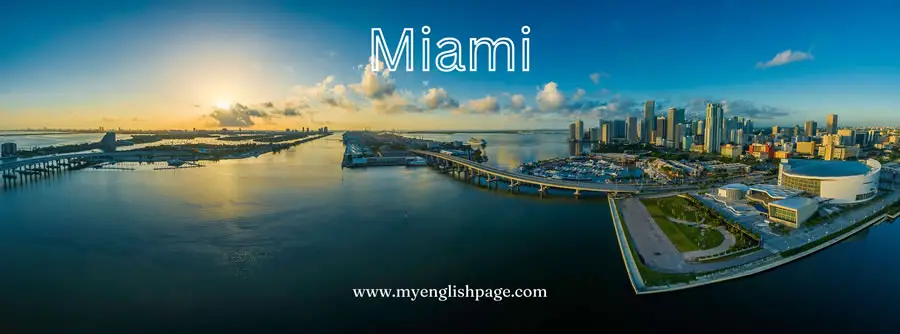
8. Orange Capital of the U.S.
Florida produces more oranges than any other state in the U.S., contributing a large percentage of the nation’s orange juice supply.
The state’s warm climate and fertile soil create ideal conditions for citrus farming, with most of the production concentrated in the central and southern regions.
Florida’s oranges are essential for juice production and play a significant role in the state’s economy and agricultural heritage.

9. Unique Wildlife and Nature
Florida has unique wildlife, including the endangered Florida panther and the manatee. The Florida panther, a rare subspecies of cougar, is primarily found in the state’s swamplands and forests, while the gentle manatee thrives in Florida’s warm coastal waters and freshwater springs.
Conservation efforts play a crucial role in protecting these species from habitat loss, boat strikes, and other environmental threats. Visitors can witness these animals up close in protected areas like the Everglades National Park and Crystal River.
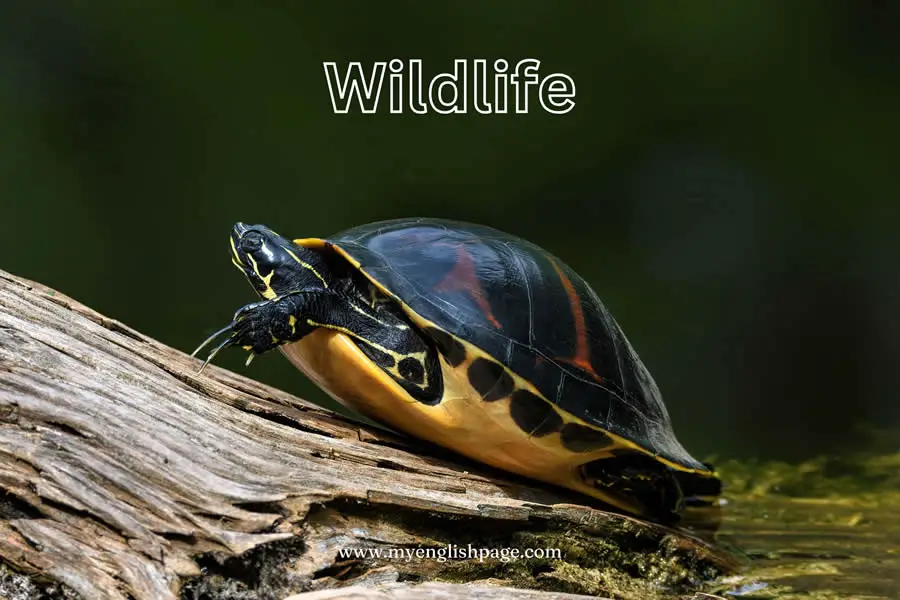
10. Diverse Culture and Population
Florida’s population is incredibly diverse, with influences from Latin America, the Caribbean, and other parts of the world, making it a cultural melting pot.
This vibrant mix is reflected in the state’s cuisine, music, festivals, and traditions. Cities like Miami are celebrated for their strong Hispanic heritage, while areas such as Key West offer a blend of Caribbean flavors and laid-back island culture. Florida’s diversity fosters a rich and dynamic environment, attracting people from across the globe.

Conclusion
The above Florida State interesting facts characterize the uniqueness of this state. It is a state full of natural beauty, cultural diversity, and historical significance.
Florida has something to captivate everyone: the sun-soaked beaches, thrilling theme parks, and unique wildlife. These fascinating facts can serve as excellent tools for engaging students in English lessons while offering a glimpse into one of the most iconic states in the U.S.

